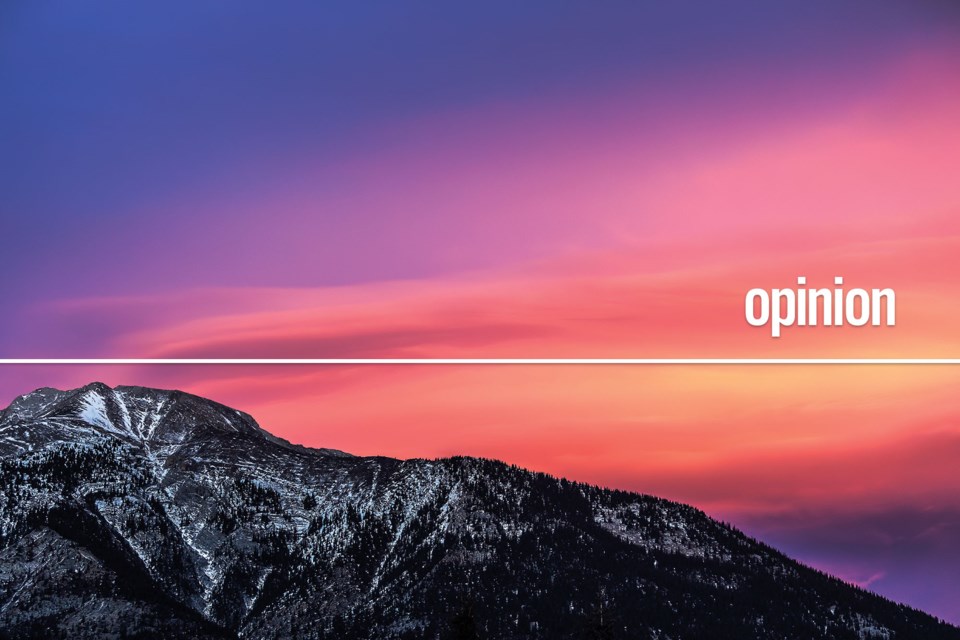The ongoing concerns being raised over the destruction of our watersheds through the proposed timber harvesting in the Elbow and Highwood areas are based on emotion, not science. The hard reality is our watersheds and ecosystems need disturbance on a regular basis to remain healthy, for biodiversity, for habitat for a variety of species, for clean and abundant water, for recreation, etc.
Most of the concerns raised are overstated and border fear mongering. The ultimate goal is to preserve these landscapes by creating more “protected areas”. The problem is that the preserve and protect mentality is not saving these ecosystems. It is causing an ecosystem collapse through old age. The older forested regions of our upper watersheds are no longer healthy and are not providing good habitat that younger forests do.
Prior to European settlement, Indigenous peoples frequently used low intensity fire to renew and maintain habitat for the species that they depended on. They burnt so frequently, that many species benefited and adapted to the habitat created by the frequent use of fire. This kept the forested regions with a mix of open grasslands and younger trees. It provided good habitat for the species they depended on. The forests of the Highwood and the Elbow back then were far younger, more open, provided better habitat, and were more biodiverse than they are today.
In the devastating 1910 fire season, most of the Elbow, Sheep and Highwood watersheds burnt. Today, these watersheds are critical for water supply across Southern Alberta and beyond.
While there is nothing aesthetically pleasing about a recently harvested cut block, it does permit new growth to start. Almost immediately after harvesting is finished, a diverse variety of new vegetation starts to sprout, providing new habitat for numerous species. Timber harvesting is now being used in our National Parks as a tool for ecosystem renewal. Why is it such an issue here? If it is so unacceptable, what are the alternatives for restoring and maintaining healthy ecosystems and watersheds?
Rick Arthur,
Cochrane, AB




